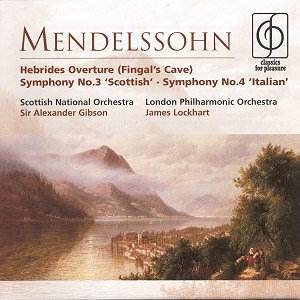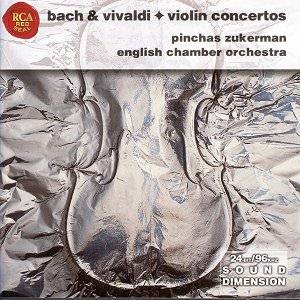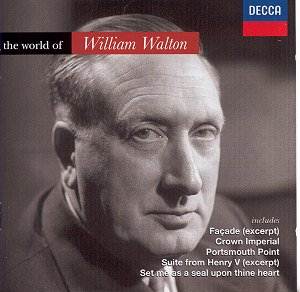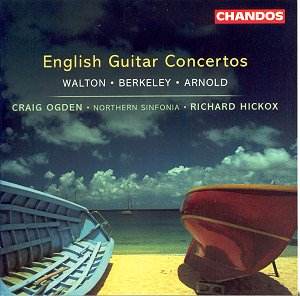 Composer: Felix Mendelssohn
Composer: Felix Mendelssohn
Works: The Hebrides (Overture, Op. 26), Symphony No. 3 in A minor – “Scottish”, Op. 56, Symphony No. 4 in A – “Italian”, Op. 90
Performers: Scottish National Orchestra/Sir Alexander Gibson, London Philharmonic Orchestra/James Lockhart
Recording: City Hall, Glasgow, 4.1975 (1), Barking Town Hall, 6-7.1.1975 (2)
Label: EMI Classics for Pleasure
Felix Mendelssohn remains a pivotal figure in the early Romantic period, embodying the fusion of classical clarity with burgeoning Romantic expressiveness. The works included in this recording—The Hebrides and the “Scottish” Symphony—capture the composer’s fascination with Scotland and its rugged landscapes, while the “Italian” Symphony reflects his enthusiasm for the sunny vibrancy of Italy. This compilation, featuring the Scottish National Orchestra under Sir Alexander Gibson and the London Philharmonic Orchestra with James Lockhart, presents a unique opportunity to explore the contrasting yet complementary influences of these two cultural realms on Mendelssohn’s artistry.
Gibson’s interpretation of The Hebrides (also known as Fingal’s Cave) is particularly noteworthy. His ability to balance the tempestuous and tranquil elements of the piece is impressive; he skillfully navigates the dynamic contrasts, allowing the music’s inherent drama to unfold naturally. The opening measures convey an almost deceptive calm, yet an undercurrent of tension simmers, reflecting the ocean’s latent power. Gibson’s tempo management is commendable, maintaining a steady pulse that allows the full weight of the orchestral color to emerge. The storm passages are thrilling, characterized by vibrant brass and swirling strings, creating a visceral sense of the sea’s might. The subtle shifts in dynamics and phrasing demonstrate Gibson’s sensitivity to the score, crafting an interpretation that feels both grand and intimate.
The “Scottish” Symphony, arguably Mendelssohn’s most profound orchestral work, is infused with a warmth and lyrical depth under Gibson’s baton that is captivating. His approach diverges from a strictly disciplined execution, embracing a romantic ethos that allows for expansive phrasing. The symphony’s opening is stately, with the strings producing a rich, sonorous quality that sets a majestic tone. The slow movement, marked by its yearning melodies, showcases Gibson’s ability to generate emotional resonance, with the woodwinds’ contributions particularly poignant. The finale, often criticized for its potential anti-climax, is invigorated by Gibson’s unyielding conviction. He brings a palpable sense of culmination, as the thematic material gathers momentum, culminating in a triumphant conclusion that resonates with the fervor of a live concert experience.
In stark contrast, Lockhart’s interpretation of the “Italian” Symphony lacks the same level of engagement. While he delivers a spirited performance, particularly in the outer movements, the execution feels more mechanical, devoid of the lyrical intricacies that characterize Mendelssohn’s style. The orchestral textures, particularly in the strings, come across as less nuanced, with the ensemble often appearing to operate on autopilot during more delicate passages. This leads to a performance that, while lively, fails to fully capture the symphony’s inherent charm and vitality. Comparatively, Gibson’s direction of the Scottish National Orchestra offers a model of how to balance energy with sensitivity, an aspect Lockhart’s recording does not achieve.
The recording quality of this EMI release is generally commendable, with a full-bodied sound that conveys the orchestral richness effectively, although moments verge on overloading during climactic sections. This slight imbalance, however, adds an exhilarating tension that is fitting for the dramatic landscape of Mendelssohn’s works. The engineering captures the orchestra’s collective sound well, allowing individual voices to shine through without losing the overall cohesion of the ensemble.
Gibson’s performances offer an authentic glimpse into Mendelssohn’s Scottish inspirations, while Lockhart’s “Italian” serves as a reminder of the interpretive challenges inherent in this repertoire. The contrast between the two interpretations underscores the significance of a conductor’s vision and the rapport between the orchestra and its leader. This recording ultimately showcases the enduring legacy of both Mendelssohn’s music and Gibson’s interpretative artistry, affirming their place within the canon of Romantic orchestral literature.



